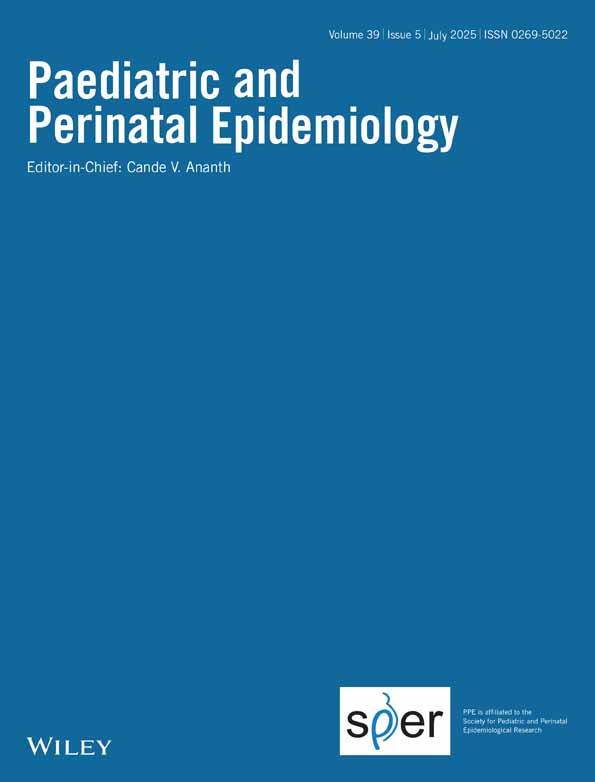A case-control study of maternal smoking and congenital malformations
Abstract
Summary. We conducted a population-based case-control study to assess the association between maternal smoking during pregnancy and the risk of giving birth to a child with a congenital malformation. Cases were all singleton livebirths with a congenital malformation recorded on the 1984–1986 Washington State Birth Records (n = 3284). The smoking histories of these mothers were compared to a randomly selected group of mothers with a singleton livebirth of a child without a malformation during these same years (n = 4500). When all malformations were taken as a group, there was no association with maternal smoking (relative risk (RR) = l.0, 95% CI 0.9–1.1). However, increased risks were observed for a number of specific malformations, including microcephalus (RR = 2.0, 95% CI 1.0–4.0), cleft defects (RR=1.4, 95% CI 1.0–2.0), and club foot (RR= 1.4, 95% CI 1.0–2.0). We did not find any association with Down's syndrome (RR=0.8, 95% CI 0.5–1.3) or any other malformation. We conclude that maternal smoking during pregnancy may be associated with an increased risk for some malformations.




